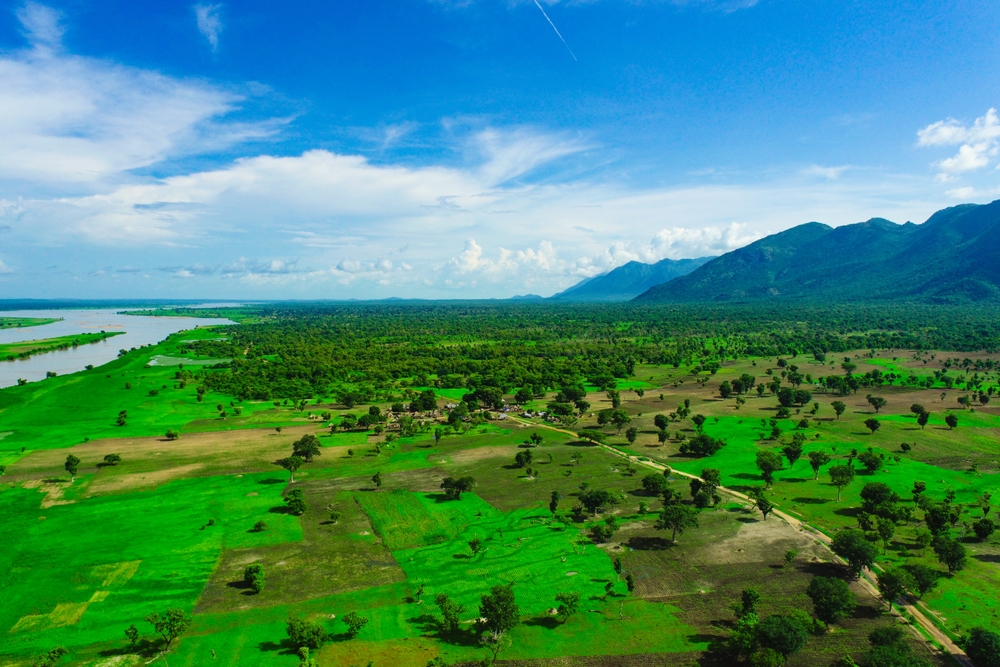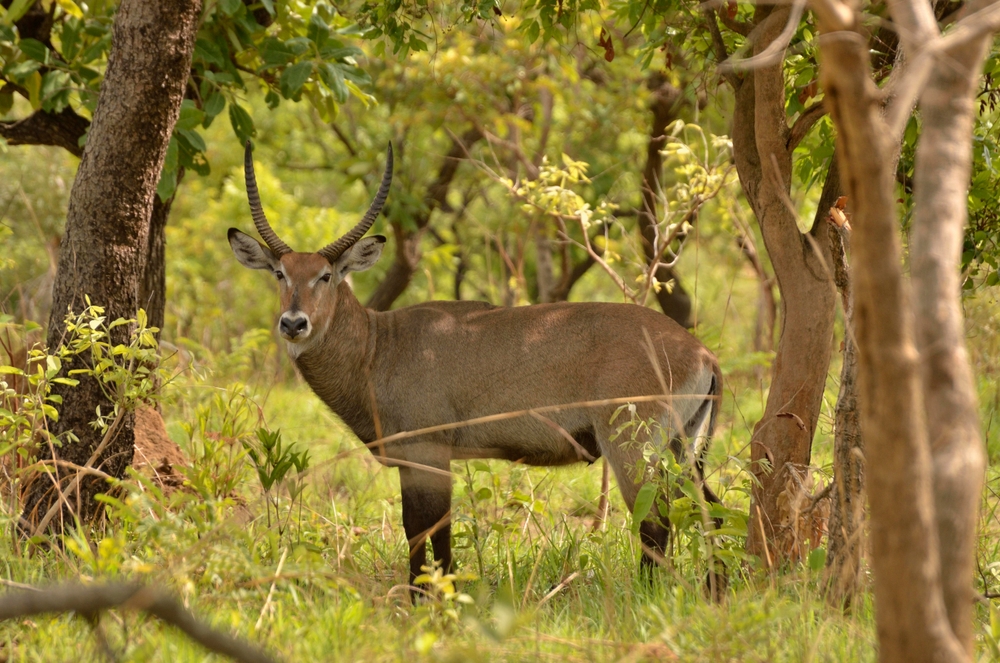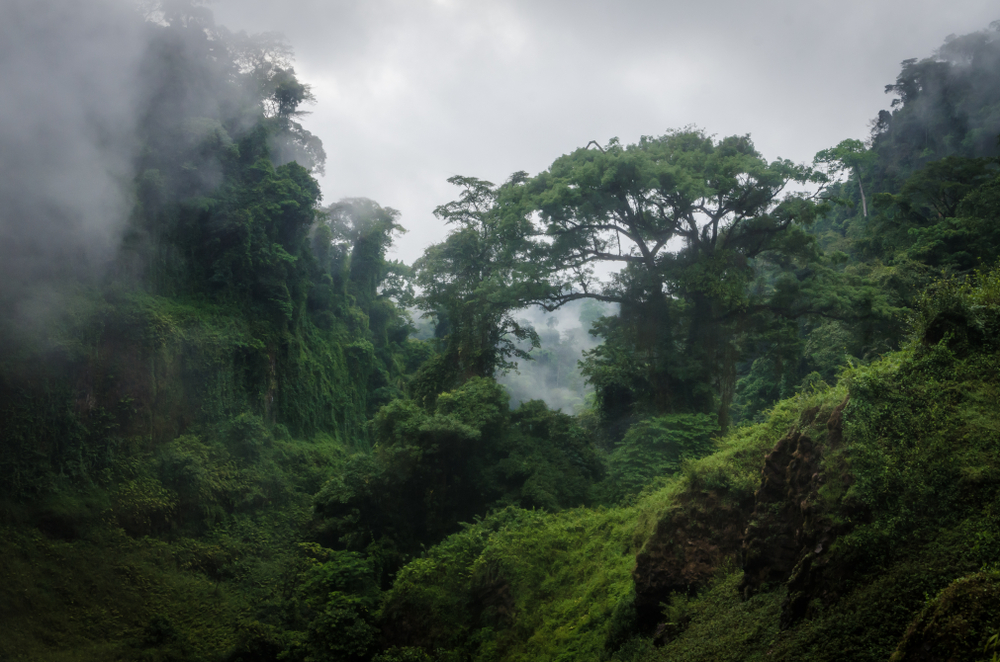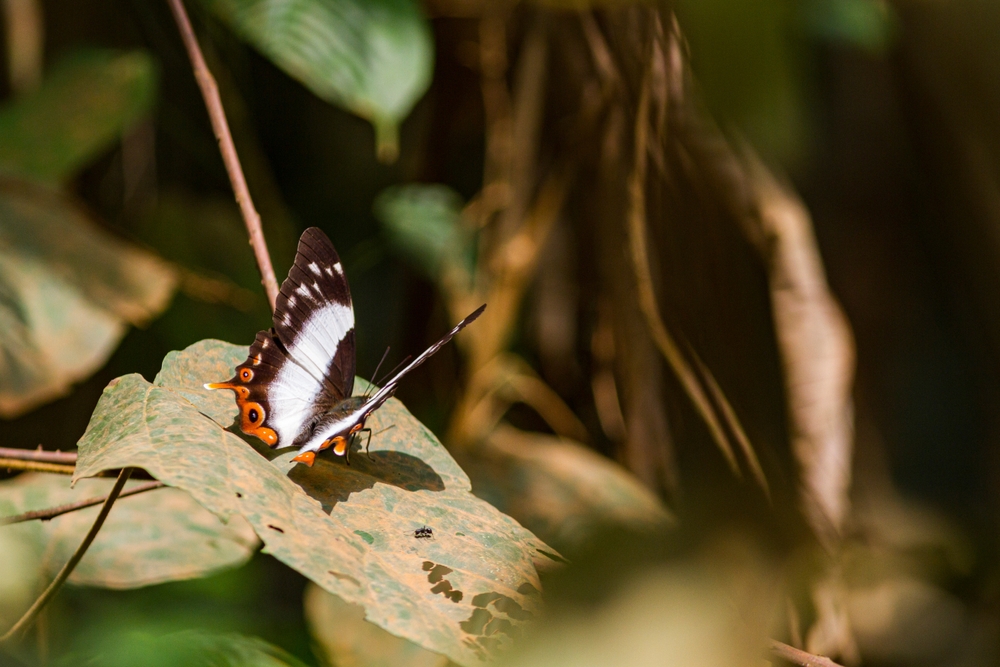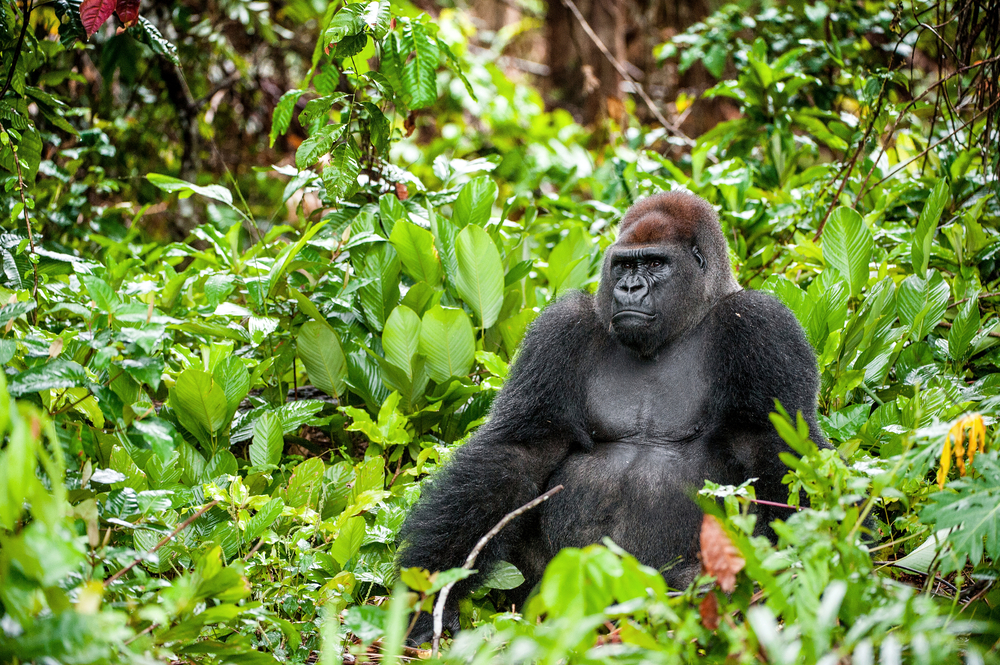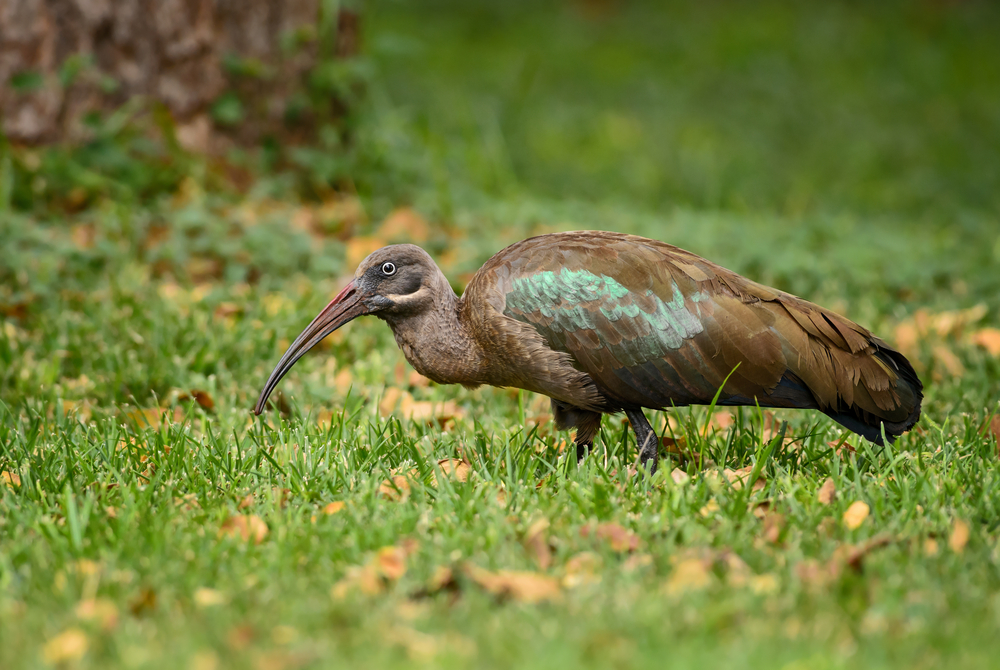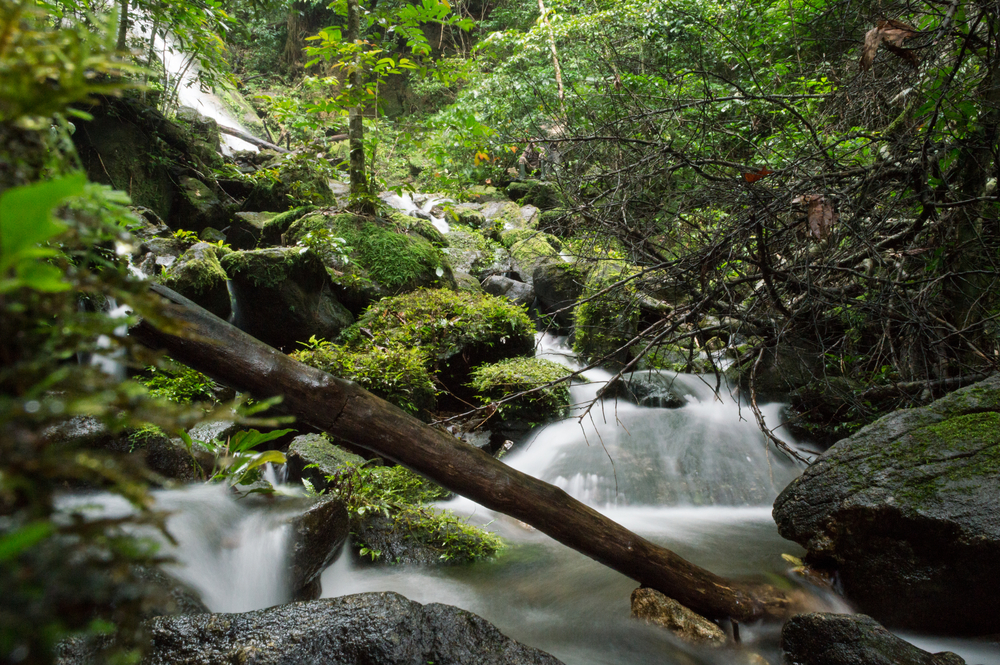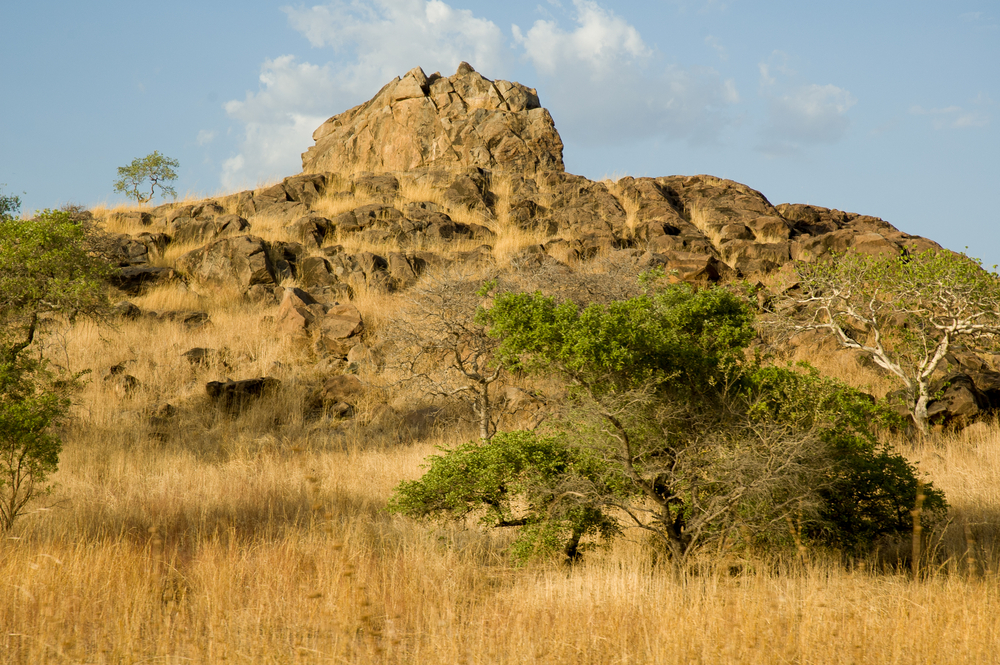Faro Overview
Faro National Park, locally known as “Parc National de Faro”, is one of Cameroon’s key conservation areas, located in the northern part of the country along the border with Nigeria. Established in 1947 and covering an area of approximately 3,300 square kilometers (1,274 square miles), the park is part of the larger Sahel-Sudan savanna zone. Its diverse ecosystems and rich wildlife make it an essential refuge for biodiversity in the region.
The park’s terrain is dominated by vast open savannas, rocky outcrops, and gently rolling hills. Seasonal rivers and waterholes dot the landscape, providing vital water sources for wildlife, particularly during the dry season. The Faro River, which runs along the park’s western boundary, is a lifeline for the region, supporting aquatic habitats and acting as a natural corridor for animal movements. Vegetation includes grassy plains interspersed with patches of acacia woodlands and gallery forests along watercourses, creating a mosaic of habitats.
Faro National Park is renowned for its diverse wildlife, which includes some of Africa’s most iconic species. The park is home to elephants, lions, leopards, giraffes, and various antelope species, such as roan antelopes and hartebeests. It also harbors critically endangered species like the African wild dog and giant eland. Bird enthusiasts will find the park rewarding, with species such as vultures, eagles, and ostriches frequently observed. Reptiles, including crocodiles, thrive in the park’s rivers and wetlands, further enriching its biodiversity.
Visitors to Faro National Park can engage with its natural beauty through guided safaris and wildlife observation tours. Game drives across the savannas offer opportunities to see large herds of antelopes and predators in their natural habitats. Birdwatching tours and photography safaris are particularly popular due to the park’s diverse avian life and dramatic landscapes. Cultural interactions with local communities, including the Fulani people, provide insights into traditional pastoral lifestyles and their coexistence with the park’s wildlife.
Despite its ecological significance, Faro National Park faces considerable challenges. Poaching, particularly targeting elephants for their ivory, remains a critical threat. Habitat degradation caused by agricultural encroachment and overgrazing further impacts the park’s ecosystems. Human-wildlife conflict has also escalated as communities expand their activities near park boundaries. Conservation efforts led by the Cameroonian government and international partners focus on anti-poaching patrols, habitat restoration, and community engagement programs. Efforts to promote eco-tourism aim to generate sustainable revenue while raising awareness about the park’s importance.
Faro National Park is a cornerstone of Cameroon’s natural heritage, showcasing the ecological richness of the Sahel-Sudan savanna. Its diverse landscapes, iconic species, and cultural significance make it a unique destination for eco-tourism and a vital area for conservation. Protecting Faro ensures the survival of its unique ecosystems and contributes to broader efforts to preserve Africa’s natural treasures for future generations.








































































